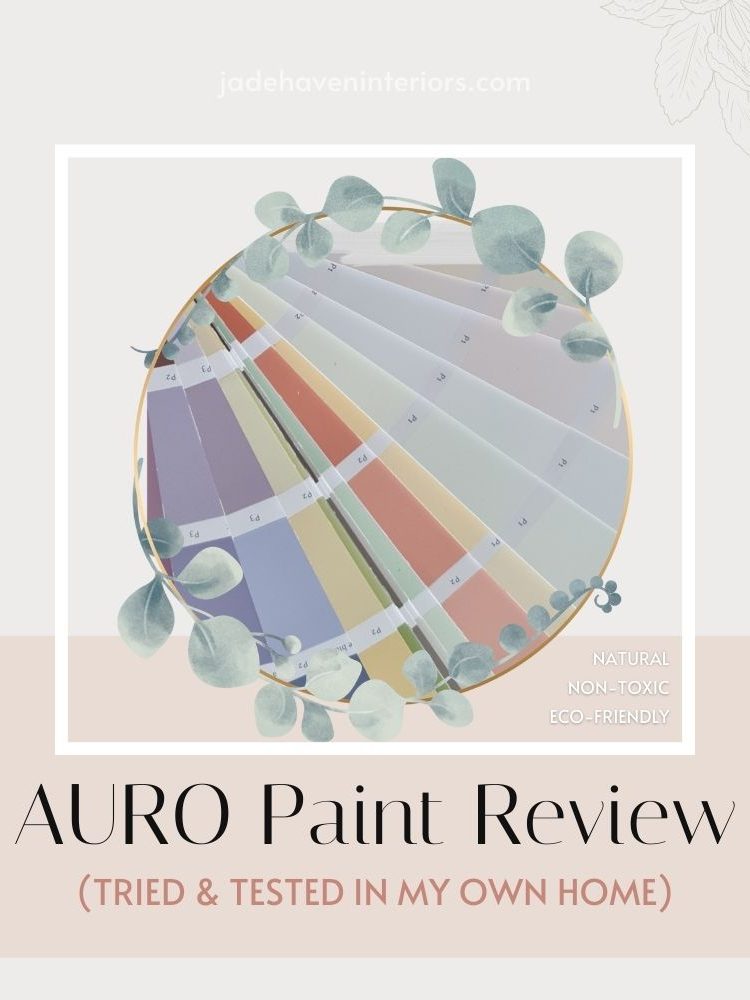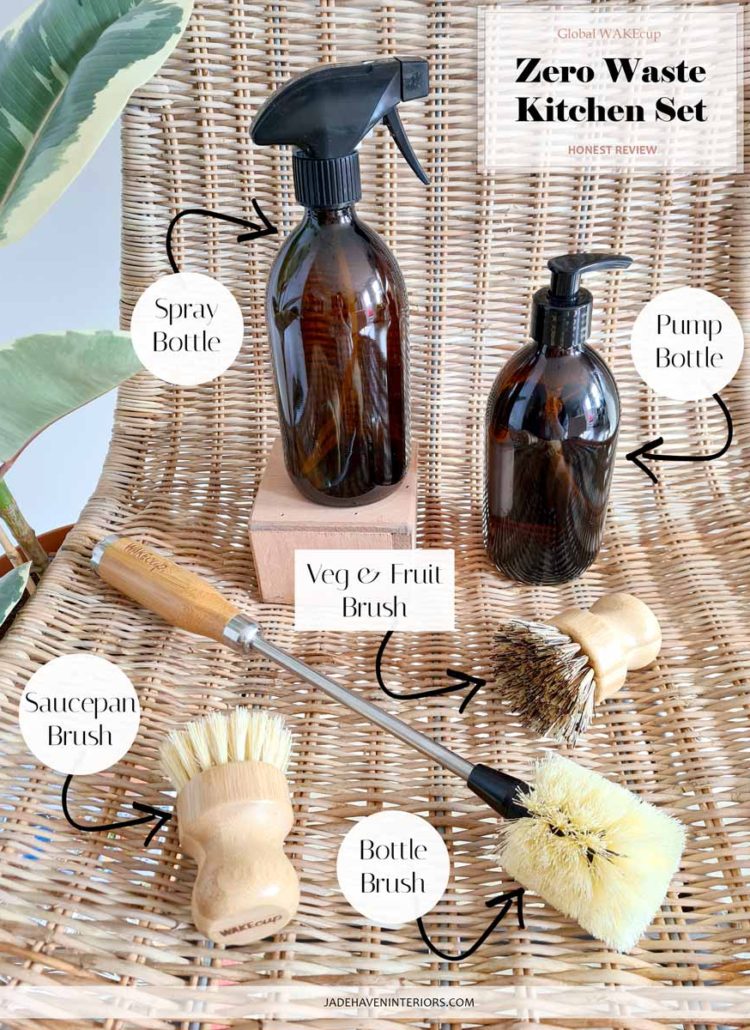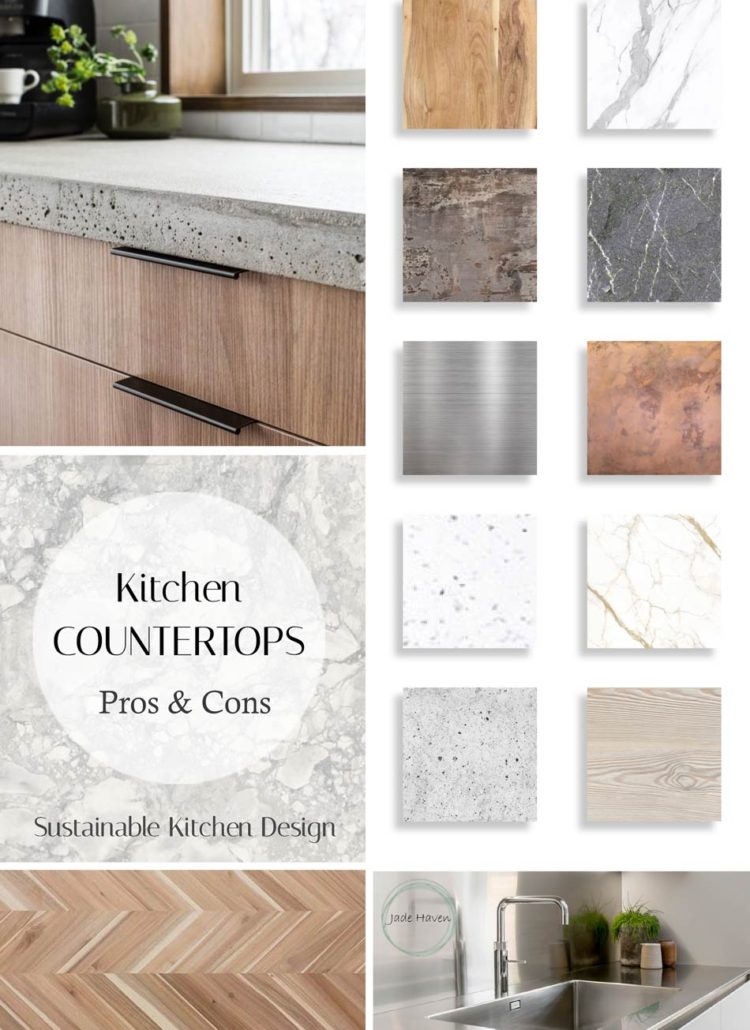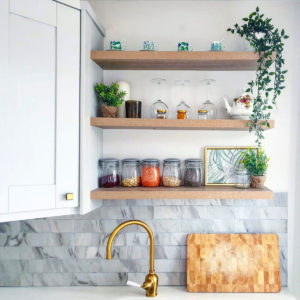For most of my professional Interior Design career, I had been using conventional decorative paints for the walls and ceilings of all of my projects. In the last few years, I became more aware of the impact that interior finishes can have on our health and the environment, so I searched for safe, eco-friendly alternatives. I was shocked to learn the immense difference between natural paint and conventional (synthetic) paint. Here is what I found.
Natural paint is made from completely natural, non-toxic ingredients which are healthy and safe. They emit only trace levels of VOCs (Volatile Organic Compounds) while the paint is drying. Whereas, conventional paint is made up of plastic-based binders (usually acrylic or vinyl) along with other synthetic ingredients. These ingredients release VOCs long after the paint has dried, and are harmful to the environment and human health.

There are some critical things to keep in mind when choosing paint for your home. Taking an in-depth look at the difference between natural vs conventional paint is the only way to truly understand what is best for you, your home and the environment. I have done the research, so you don’t have to!
What is ‘Natural Paint’?
Natural paint is created from pure, natural, renewable materials such as clay, mineral pigments and plant-based oils. Many of the ingredients are actually food-grade materials of the highest quality. Natural paint contains no harmful chemicals or micro-plastics. It can be used for all of the same applications as conventional paint – walls, ceilings and other surfaces including wood.
Natural paint is virtually free from toxic fumes named VOCs (Volatile Organic Compounds). This means that only trace levels (less than 1g/l) of VOC gases are emitted from the most purified and natural materials possible, and they are gone once the paint is dry. This helps to maintain safe indoor air quality in your home.
How to know if a paint is truly natural
Truly natural paint brands will display a transparent list of naturally-derived ingredients on their labels, as they do not have anything to hide. If you see the words ‘acrylic’, ‘vinyl’, ‘PVA, ‘epoxy’ or ‘polymer’ on the label, note that these all refer to plastic ingredients in the paint – and therefore they are not natural paints.
Natural Paint Brands
- Auro
- Biofa
- Earthborn
- Ecos
- Graphenstone
- Pure & Original
What is ‘Conventional Paint’?
By ‘conventional paint’, I mean the synthetic paint brands that are currently (unfortunately) the ‘norm’ for most paint applications, commonly found in all hardware stores. Unlike natural paint, conventional paint is created from chemical substances including synthetic pigments, an array of additives and plastic resins (polymers) as the binder.
Most conventional paint on the market these days is water-based, or sometimes called ‘water-borne’. This means that the binder and pigments are combined with water as the carrier, or ‘thinner’, rather than oil as was used historically. Water-based does not mean that the paint is healthy or eco-friendly. The water is mixed with plastic binders and synthetic pigments which cause havoc to our health and the environment.
Conventional paints contain VOC-emitting substances. Although the levels vary depending on the brand, any level of VOC is harmful to human health and also contributes to environmental air pollution. During the paint drying process and for a period of time afterwards, VOCs off-gas (seep out) from the paint and into the air in your home. The off-gassing process does reduce over time, but can continue for many months or even years after the paint has been applied.
Conventional paint brands
I will not list out examples of conventional paint brands, as the list is endless. Also, for fear that these brands might be unhappy with me for divulging this information, and I would not like to endure their wrath!
Just think of the common household names that come to mind when you think of paint. Don’t be fooled by their ‘eco’ claims. Check their ingredients and you will see some form of plastic (petro-chemical) listed: vinyl, acrylic, PVA, epoxy or polymer.
Natural Paint Vs. Conventional Paint – Comparative Study
| Conventional Paint | Natural Paint | |
|---|---|---|
| Ingredients | Chemical-laden, non-renewable ingredients such as plastic resins (acrylic, vinyl), synthetic dyes, petrochemicals (oil-derived). | Natural, renewable, mineral and plant-based ingredients. Some contain minute amounts of other necessary (non-toxic) ingredients such as preservatives. |
| Micro-Plastic Free | No | Yes |
| Biodegradeable | No | Yes |
| Eco-Friendly | No | Yes |
| Vegan | No. Most, but not all, conventional paints are not vegan. They often contain animal products (eg. Milk casein as a binder) and/or are tested on animals. | Varies. Most natural paint brands do not contain animal products and do not test on animals. Truly natural paint brands will always delcare all of their ingredients clearly. |
| Breathable | No | Yes |
| Easy to Apply | Yes | Yes |
| Harmful VOC Emission (VOC = Volatile Organic Compounds) *Any level of VOC is unhealthy | Varies. VOC level usually just under the maximum permissible EU limit of 30g/l for emulsion. Some ‘Low VOC’ conventional paints still contain between 10-25g/l VOC. Continues emitting VOCs after the paint is dry | Zero VOC (Trace levels <1g/l emitted from the pure and natural materials. VOCs stop emitting once paint is dry) |
| Paint Odour | Yes. Varies from high odour to low odour depending on the product (water-based are lower odour than oil-based). Note: This odour is harmful | No. Minimal odour is released from natural paint. Note: Any faint odour is completely natural and is not harmful. |
| Suitable for People with MI Allergies | No | Yes. Natural paints contain zero or minute levels (.01-.02%) of MI |
| Suitable for People with Asthma | No | Yes |
| Cost Level | Low, Medium, and High/Premium cost paints available. (Varies greatly from brand to brand) | Medium – High/Premium |
Micro-Plastic Content of Paint
Natural paint is plastic-free
Natural paint, being made up of pure, natural, renewable ingredients means that they allow walls to breathe, and they do not contribute to plastic-pollution. The binder in natural paints is often a plant-based oil such as linseed oil.
Conventional paints use plastic as a binder
Conventional paints, on the other hand – even the ‘water-based’ versions – contain plastic polymers to bind the ingredients together. Through the waste produced during the manufacture of the product, and the washing of paintbrushes after application, these micro-plastics make their way into our waterways. This has serious detrimental effects on marine life.
The most common plastic resins in conventional paint are acrylic, vinyl, synthetic latex, PVA or epoxy. When conventional paint dries on a surface like your walls or ceilings, it essentially creates a plastic barrier which traps moisture and prevents the surface from ‘breathing’. Trapped moisture can result in hidden mould growth which is detrimental to the building fabric and its occupants.
Conventional Paints Claiming to be Eco-Friendly
The market is flooded with conventional paint options, many claiming ‘eco’ credentials which can make it confusing for someone looking to make the most sustainable and healthy paint choice.
Many conventional paint brands these days have ‘eco’ ranges that claim to be ‘non-toxic’, ‘child-safe’ or ‘low/zero VOC’. However, while they may be within regulatory limits for VOC emissions, their synthetic ingredients, including plastics, mean that they are certainly not environmentally friendly.
For example, on the website of a popular premium paint brand (conventional water-based paint), the product description mentions ‘eco-friendly’ and ‘child safe’. Directly under this is a safety warning, and I quote:
‘Danger. Causes skin irritation. Causes serious eye damage. May cause respiratory irritation. Harmful to aquatic life with long-lasting effects. Contains isothiazolinones. May produce an allergic reaction.‘
Need I say any more?
My Conclusion
When you look at the extent of painted surfaces within your home – walls, ceilings, and sometimes furniture and cabinetry – it is crucial to make the right choice of finish. Painted surfaces make up a huge portion of the indoor environment that you are surrounded by daily, and so have a massive impact on the quality of the air you are breathing in.
If you are painting your home, I would encourage you to avoid conventional paint, and consider natural paint – the truly healthy, non-toxic and sustainable choice.
As with every purchase, we need to ‘vote with our wallets’. Where we decide to invest our money sends a powerful message to manufacturers. If the sales of conventional paint drops, maybe those producers will reconsider the inclusion of their harmful ingredients, and natural paint will become the norm!
If you found this information useful, or know of anyone in the process of building, buying, refurbishing or refreshing their space, please share this article.
Another paint-related blog post is coming soon, outlining the benefits, performance and cost of natural paint in more detail – along with my own personal experience of using them.
For recommendations of my tried and tested paint products (plus discount codes), have a look at the ‘Shop my Favourites’ section under ‘Paint/Varnish’; and follow my Instagram page @jadehaveninteriors for more eco interior tips and design inspiration! 😊





Another fantastic read Shauna . Very insightful. I I particularly love the Bee blocks. I can see myself with some of them
Thanks a million, Doreen! With your beautiful garden, you’re already doing an amazing job helping out the little bees! x